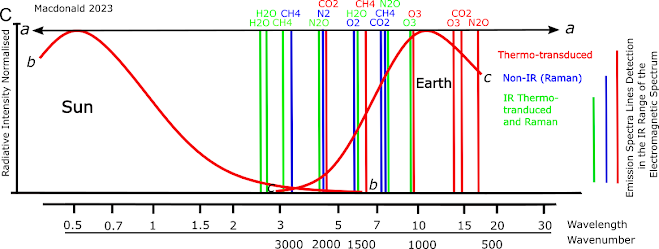The M.A.D gun
In memory of John Nash, may I share with you my M.A.D. gun - something I have been thinking about a lot, even today, before I learned of John Nash's death. My ideas come not directly from him but from Thomas Schelling—another economics game theory laureate, this time in the area of Cold War nuclear deterrents. I was at his lecture in 2005, the same year that paradoxically, the I.A.E.A. got the Nobel Peace Prize "for their efforts to prevent nuclear energy from being used for military purposes and to..." The M.A.D. gun. What if (just say) all firearms, all guns, had two barrels: one that shot your target - your adversary, and the other - at the same time - shot you. So, to use it would mean you both die (or at least you die trying). The question is, would it ever be used? No, but you could argue: yes, it would - to save the (your) group. Well then, make a bigger gun - scale it up - so you get the group, too. A cold war, nuclear standoff - as we still have (of sorts

